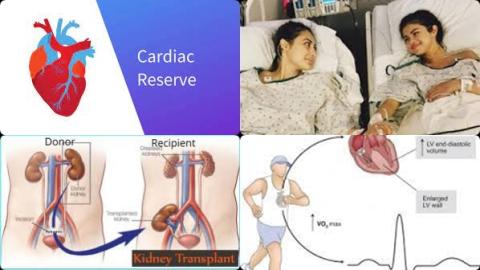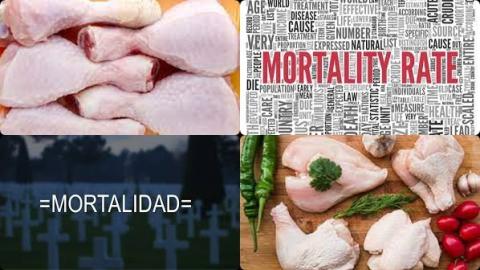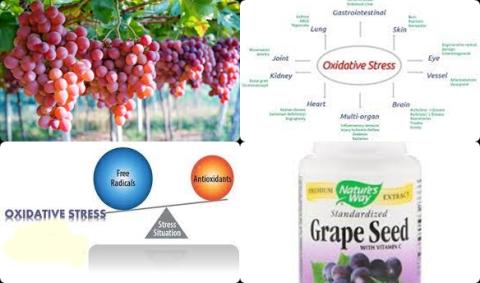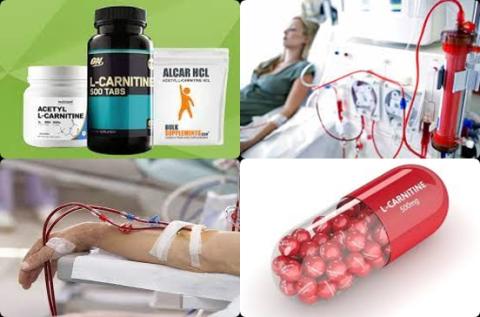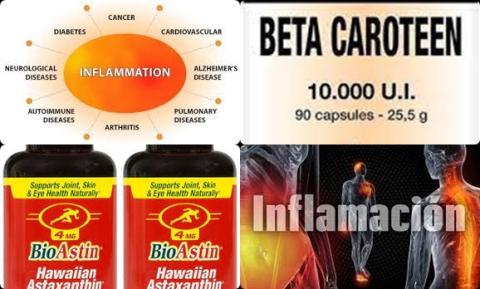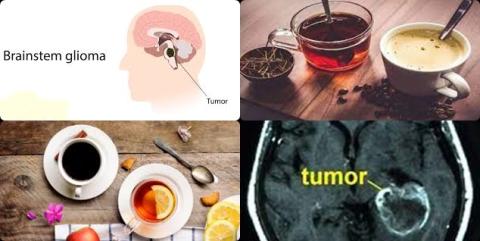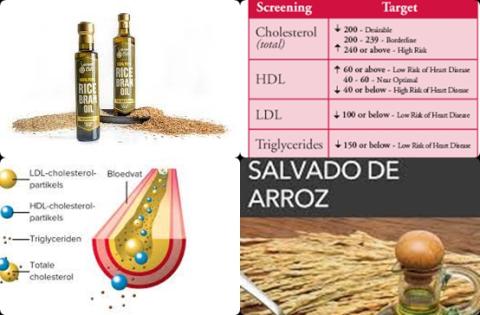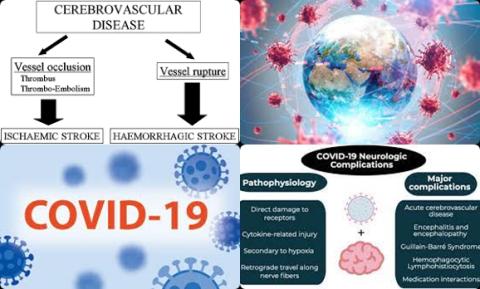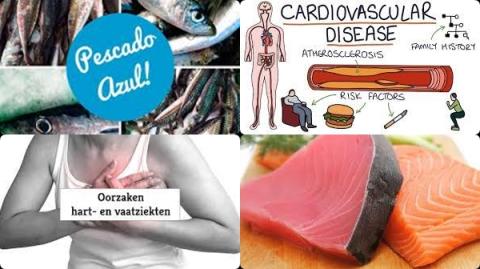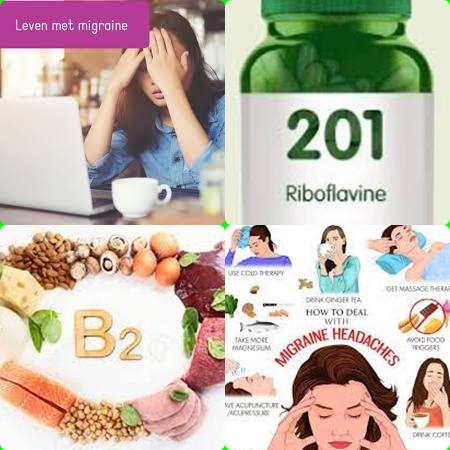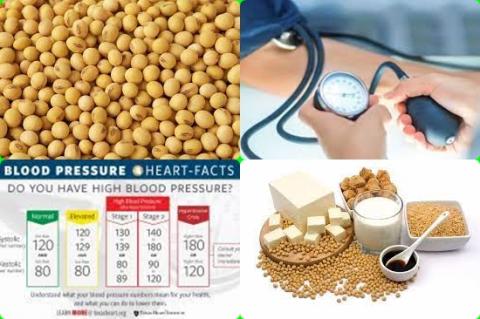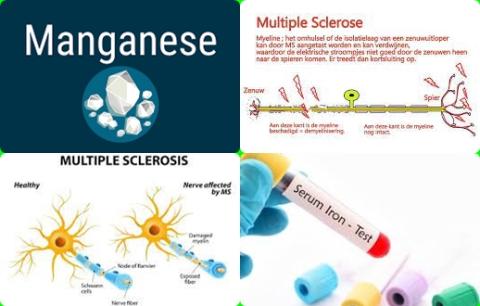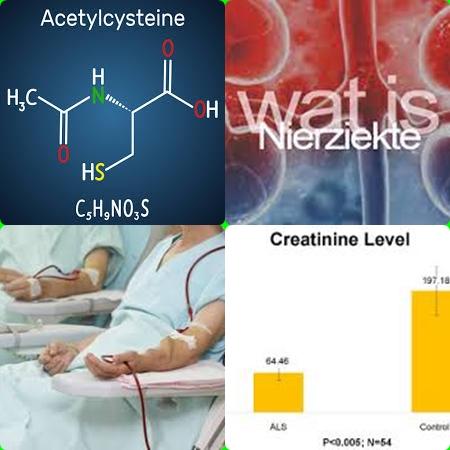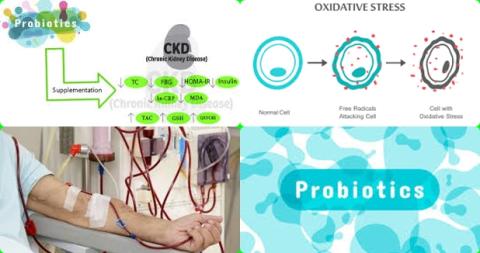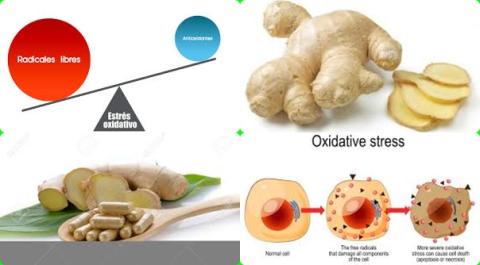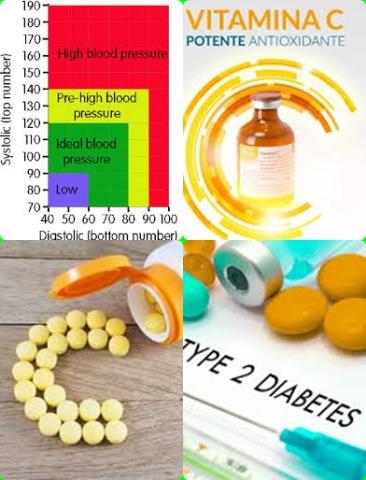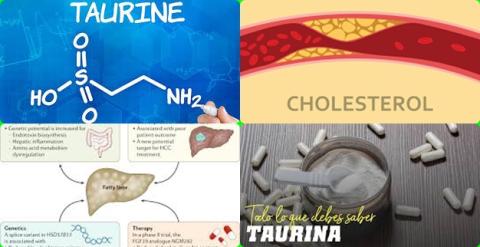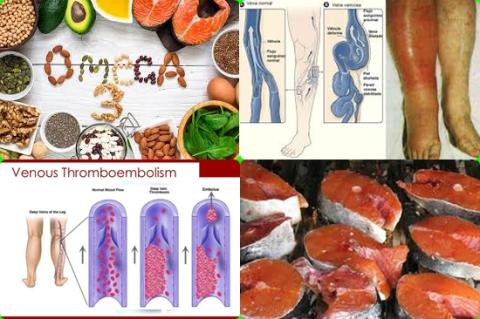Vitamin D supplements improve symptoms of knee and hip osteoarthritis among adults
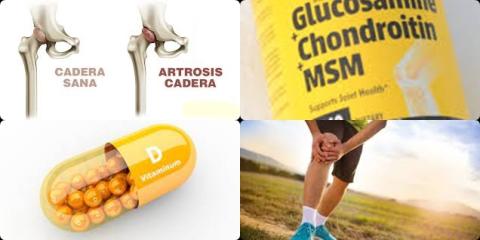
Objectives:
Which disease-modifying osteoarthritis drugs improve knee and hip osteoarthritis among adults?
Study design:
This review article included 28 randomized controlled trials (RCTs) with 11,890 patients.
Results and conclusions:
The investigators found glucosamine supplements significantly improved both structure [minimum joint width or cartilage volume: network results: SMD = 0.16, 95% CI = 0.04 to 0.28] and symptoms [pain = -0.15, 95% CI = -0.25 to -0.05 and function = -0.17, 95% CI = -0.28 to -0.07] of knee and hip osteoarthritis among adults.
The investigators found chondroitin supplements significantly improved both structure [minimum joint width or cartilage volume: network results: SMD = 0.21, 95% CI = 0.10 to 0.32] and symptoms [pain = -0.06, 95% CI = -0.15 to -0.03 and function = -0.15, 95% CI = -0.26 to -0.03] of knee and hip osteoarthritis among adults.
The investigators found strontium supplements significantly improved structure [minimum joint width or cartilage volume: SMD = 0.20, 95% CI = 0.20 to 0.38] of knee and hip osteoarthritis among adults.
The investigators found vitamin D supplements significantly improved symptoms [pain = -0.15, 95% CI = -0.27 to -0.03 and function = -0.18, 95% CI = -0.31 to -0.06] of knee and hip osteoarthritis among adults.
The investigators found, although doxycycline also demonstrated a favorable efficacy ranking, its safety profile was poor [withdrawal: network relative risk = 1.69, 95% CI = 1.03 to 2.75].
The investigators concluded glucosamine and chondroitin supplements yield statistically significant but clinically questionable long-term benefit on structure and symptoms of knee and hip osteoarthritis among adults, though both have favorable safety profiles.
Strontium supplements improve structure and vitamin D supplements improve symptoms of knee and hip osteoarthritis among adults. Although doxycycline has a favorable efficacy ranking, its safety profile is poor.
None of the 12 classes of drugs appears to have long-term clinically significant benefit.
Original title:
The Efficacy and Safety of Disease-Modifying Osteoarthritis Drugs for Knee and Hip Osteoarthritis-a Systematic Review and Network Meta-Analysis by Yang W, Sun C, […], Zhuo Q.
Link:
https://pubmed.ncbi.nlm.nih.gov/33846938/
Additional information of El Mondo:
Find more information/studies on glucosamine and chondroitin, vitamin D right here.
